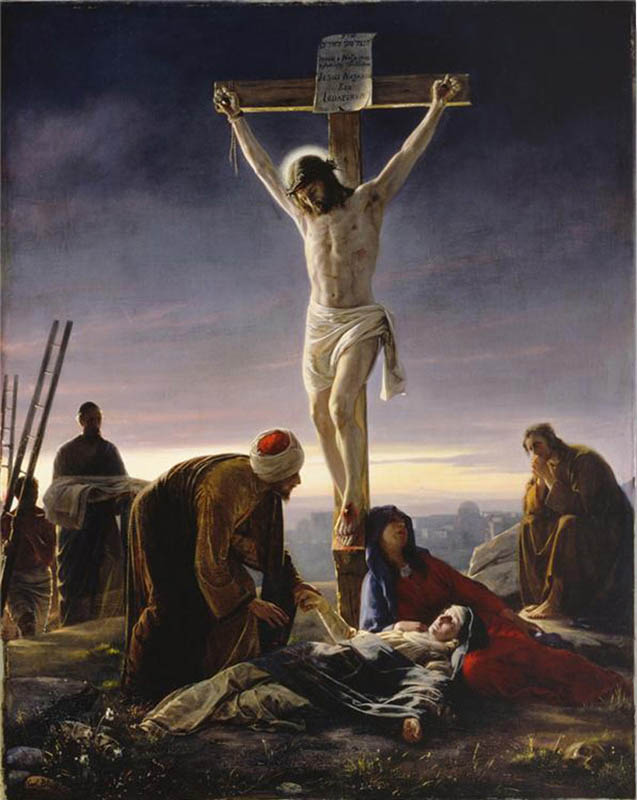Pentecost:
· Pentecost is the celebration that marks the origin or beginning of the Catholic Church by the power of the Holy Spirit.
· Its historical context is that the Holy Spirit or Ghost descended upon the apostles.
· It commemorates the Holy Spirits descent, which was the origin of the Christian church and has kept it persevering for two thousand years
· While the disciples were praying, wind filled the house and they felt fire (the Holy Spirit) above their heads
· They went out onto the street and began preaching and a crowd formed, the Apostles being able to talk in each person’s language.
· Peter preached about Jesus, the son of God, and as a result, three thousand people were baptised that day.
· The Spirit gave seven gifts:
o Wisdom
o Understanding
o Counsel
o Inward Strength
o Knowledge
o True Godliness
o Holy Fear (Reverence & True Religion)
· Pentecost takes place fifty days after Easter Sunday (which varies year to year)
· The main people involved: The Eleven Disciples
· Symbols include:
o The colour red (fire of the Holy Ghost)
o Tongues of fire
o The dove (the holy spirit)
o A sailing ship (representing the church)
o The seven lamps (gifts of the Spirit)
Holy Thursday:
· Maundy Thursday is the Christian feast or holy day on the Thursdays before Thursday that commemorate the last supper of Jesus Christ when he shared a Passover meal with his disciples on the night before he was crucified, before the Passover meal, Jesus washed the feet of his disciples and during the meal.
Jesus took bread and wine and asked his Father to bless it, this is why many churches hold communion services as part of their holy Thursday celebrations. It is the 5th day of Holy Week, proceeded by Holy Wednesday and followed by Good Friday.
· The disciples of Jesus were originally involved in this act. Now today, any Christian can be involved in this celebration.

Good Friday:
• Good Friday is a Christian holiday held on the Friday before Easter. It commemorates the crucifixion of Jesus Christ and his death at Calvary.
• It is traditionally a day of mourning and is a very important day in church calendars, as the crucifixion and resurrection of Jesus are central events in Christian beliefs
• Good Friday is traditionally a time of fasting and penance.
Corpus Christi:
• Takes place on Thursday the 7th June every year.
• It is a time when Catholics worship Christ publically and in every way they can.
• In commemoration many Christians receive communion on this day.
• There are processions through streets, masses for the Eucharist, 6 or 4 candles burn on the altar.
• In some countries the bread (or host) is paraded throughout the streets. Priests carry the bread in a monstrance, which is a type of vessel. In Spain and Provence the processions can be elaborate, featuring saints and characters from the Bible, following a path decorated with wreaths and flowers.
• The most important part of the ceremony is when the bishop raises the silver monstrance and exposes the Blessed Sacrament, the “body of Christ.”
Background:
• Corpus Christi has been in honour of the Catholic Church since 1246. The term is latin that means the body of Christ. The date changes every year and is celebrated on the Thursday after Trinity Sunday or on the Sunday after Holy Trinity in some countries.
• The feast was introduced from Belgium to England at some stage between 1318 and 1325, according to various sources.













